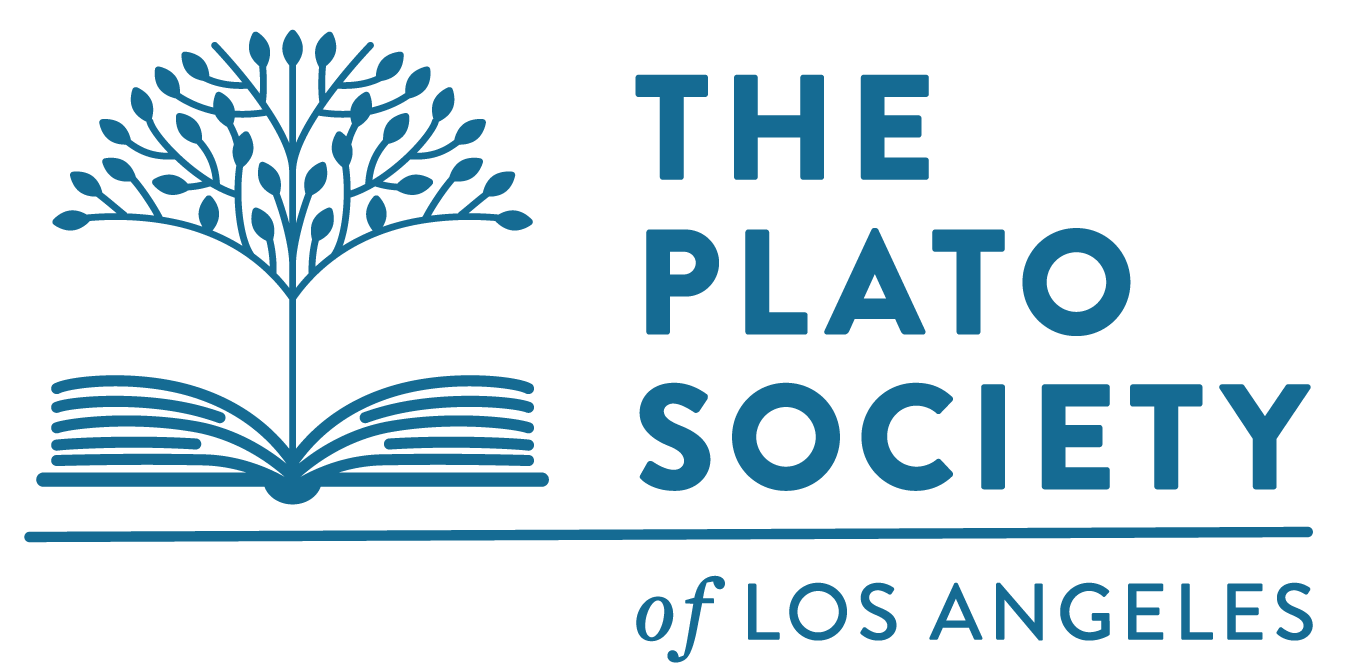Description
From watching, listening to, and reading about the daily news, it is easy to conclude that the world is going to hell in a handbasket. But it isn’t. The purpose of this S/DG is to show that the first part of its title, The World is Getting Better, is true by studying the information presented in the two books in the second part its title: Factfulness and Enlightenment Now.
The subtitle of Hans Rosling’s Factfulness is Ten Reasons We’re Wrong About the World—and Why Things Are Better Than You Think. He calls the reasons Instincts that we all have and devotes a chapter to each. The ten are The Gap Instinct, The Negativity Instinct, The Straight Line Instinct, The Fear Instinct, The Size Instinct, The Generalization Instinct, The Destiny Instinct, The Single Perspective Instinct, The Blame Instinct, and The Urgency Instinct. In each chapter Rosling shows us how following that instinct can lead us to think incorrectly about the world, with many examples.
As the title of the book implies, Rosling gives us facts that show us that we must put aside these instincts—and that we will then see that the world is indeed getting better. In the chapter on The Negativity Instinct, for one, Rosling presents sixteen graphs on Bad Things Decreasing, including Children Dying, Plane Crash Deaths, and HIV Infections, as well as sixteen more on Good Things Increasing, including Girls in School, Immunization, and Democracy.
Rosling, working with his son, Ola Rosling, and his daughter-in-law, Anna Rosling Rönnlund, has developed unique ways of presenting data that make it easy for the reader to understand the essence of the numbers and ideas involved.
The subtitle of Steven Pinker’s Enlightenment Now is The Case for Reason, Science, Humanism, and Progress. The new book is a logical continuation of his well-received 2011 book, The Better Angels of Our Nature.
Enlightenment Now is divided into three unequal parts. After a brief discussion on what Enlightenment is, the heart of the book is seventeen chapters on Progress in which Pinker shows, with great amounts of data displayed in dozens of charts and graphs along with extensive commentary, the gains that have been made over the years. The titles of chapters five through sixteen are, Life, Health, Sustenance, Wealth, Inequality, The Environment, Peace, Safety, Terrorism, Democracy, Equal Rights, and Knowledge.
The book concludes with substantial chapters, separately, on Reason, Science, and Humanism.
Do not worry that books with such emphasis on facts will not give us ample basis for discussion. Just looking at the chapter titles of each book should reassure you that we will have plenty to talk about.
The books are complementary. Although they often present similar data and come to similar conclusions, the commentary and methods of display are so different that you will find both valuable.
Both books were published in 2018, ensuring that the data they present are up to date. Together the two books are about seven hundred pages.
About The Better Angels of Our Nature, Bill Gates said, “One of the most important books I’ve read—not just this year, but ever.” He has topped that assessment with what he says about Enlightenment Now, calling it, “My new favorite book of all time.” And he likes Factfulness just about as well, calling it, “One of the most important books I’ve ever read—an indispensable guide to thinking clearly about the world.”
Weekly Topics
The first five weeks are from Factfulness.
1. Introduction and Chapter 1
2. Chapters 2 and 3
3. Chapters 4 and 5
4. Chapters 6, 7, and 8
5. Chapters 9, 10, and 11.
The final nine weeks are from Enlightenment Now.
6. Chapters 1 through 4
7. Chapters 5 through 8
8. Chapters 9 and 10
9. Chapters 11, 12, and 13
10. Chapters 14, 15, and 16
11. Chapters 17 and 18
12. Chapters 19 and 20
13. Chapters 21 and 22
14. Chapter 23.
Bibliography








